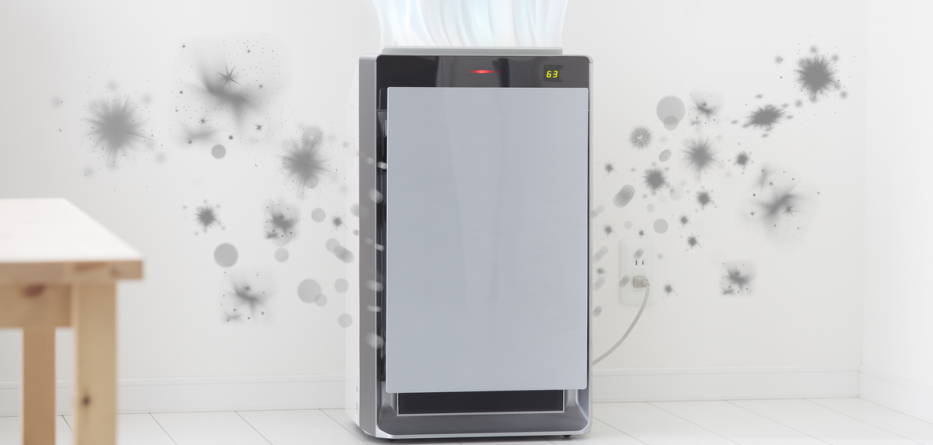While most people are aware of pollutants floating around outside, it may come as a surprise to learn that people with allergies may be even more vulnerable indoors. Deciding what to use to clean your home might not seem like a difficult task on the surface. Nevertheless, ensuring the devices and products you choose are both safe and effective has become a hot topic in recent years. This is also true when it comes to choosing an air purifier. It can be challenging to find one that effectively cleans the air, fits your lifestyle, falls within your price range and doesn’t look like an outdated radiator.
Doctor’s Opnion
“The Environmental Protection Agency has reported that indoor air — where we spend more than three-quarters of our days — is often even more polluted versus outdoor air,” said Dr. Clifford Bassett,founder and medical director of Allergy and Asthma Care of New York and author of The New Allergy Solution.
An indoor air filter or purifier can be effective in removing harmful pollutants, said Blagev.
Stand-alone units that are designed to filter a designated area should be placed in rooms where you spend most of your time, like the bedroom, Blagev added. But, remember to change the filter regularly based on the manufacturer’s suggestion.
Breathe Easier
Before you resort to buying an air purifier, try some simple steps to reduce indoor air irritants, including:
- Vacuum often and thoroughly using a vacuum with high-efficiency particulate air (HEPA) filtration.
- Ban smoking indoors.
- Maintain your heating and cooling equipment, and change air filters regularly.
- Minimize the use of candles and wood fires.
- Use exhaust fans in kitchen, bath, and laundry areas.
- Don’t store chemicals, solvents, glues, or pesticides near your living quarters.
- If pollen or related allergies keep you from opening windows, run your air conditioner or forced-air cooling system with a clean air filter.
Things to Consider
Operating Costs
Many portable purifiers have annual operating costs of $150 to $200 for filter replacement and electricity (with the majority of that cost being for filters). Filter prices can generally range from around $10 to about $100 (though some are priced well into the hundreds). Some units use a prefilter to capture large airborne particles before they reach the HEPA filter, possibly extending its life.
Depending on usage, you typically need to replace the carbon filters every three months and the main filter yearly. To cut costs, look for room purifiers that are Energy Star certified, meaning they are relatively energy-efficient compared with standard purifiers. Some purifiers have washable filters that can be reused.
Keep It Clean
Any air purifier won’t work well if the filter is clogged and dusty, and if the filter is full, it may stop working entirely.
Quietness Counts
Noise level is important, especially if you run an air purifier in a room where you sleep or work. For the sake of efficiency (and quietness), we recommend picking a larger unit and running it on a lower speed, rather than cranking up a small one. Having a larger unit can also accommodate those times when you need to clean a room quickly, such as when cooking odors escape the kitchen exhaust hood.
What They Do Well
The better air purifiers are especially good at filtering pollutant particles such as dust, smoke from candles or fireplaces, and pollen.
What’s Not So Great
Volatile organic compounds from adhesives, paints, and cleaning products, and other types of gaseous pollutants, however, are another matter. Some portable purifiers with carbon prefilters are claimed to filter VOCs, but the Environmental Protection Agency warns that such filters are specific to certain gaseous pollutants, not for others, and that no air purifier is expected to remove all gaseous pollutants found in the typical home. Carbon filters also must be replaced often, typically every three to six months, or they stop working.
Cecilia



